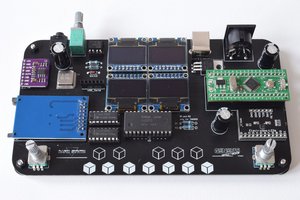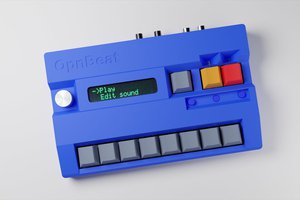What is it?
Sound synthesis through Frequency Modulation (FM) allows to obtain unique sounds that defined a whole musical generation during the 80's and 90's.
The model ARCADE uses the YM2151 Yamaha chip that was used in almost all the arcade machines in those years.
Why did you make it?
This synthesizer is the perfect mix for lovers of retro video games, and makers who want to introduce themselves in the musical experimentation.
Includes presets from iconic arcade videogames like Street Fighter 2; Space Harrier; Ghouls'n Ghosts; Final Fight; OutRun; R-Type, Shinobi; Double Dragon; Golden Axe; Altered Beast; Marble Madness; Forgotten Worlds; Fantasy Zone 2 DX and Ninja Spirit. These presets can be found in Bank 0. Bank 1 is used for loading up to 128 presets from the SD Card. Check the Datasheet below for the details.
All the parameters that defined these presets in the YM2151 chip can be controlled through MIDI CC messages. Check the Datasheet below for the MIDI CC implementation chart.
What makes it special?
The YM2151 has eight channels with four operators per channel. The operators can interact according to eight different algorithms. Attack-Decay-Sustain-Release (ADSR) envelopes, frequencies and low frequency oscillators (LFOs) can be modified to obtain the whole range of FM sounds.
The YM2151 chip is accompanied by the YM3012 stereo chip that allows converting the digital signal into clear and clean analog sound. Having the separate DAC allows the DAFM synth ARCADE to output a louder and cleaner sound.
The synthesizer is operated through 2 rotary encoders and has a complete menu that is shown in 4 blue OLED displays. Thanks to the beautiful tactile keyboard of 12 notes you can try the different patches as they are created. There is also the possibility of changing the octave and thus test the full sound spectrum of the Yamaha chip. Once created, the presets can be saved in the RAM memory or in an SD card as DMP files that can be opened with VGM trackers like Deflemask.
The stereo sound output is 3.5 mm audio jack, has a MIDI input to connect a keyboard, sequencer or any MIDI instrument and can be powered with a USB Type B cable (5V).
 KASSER SYNTHS
KASSER SYNTHS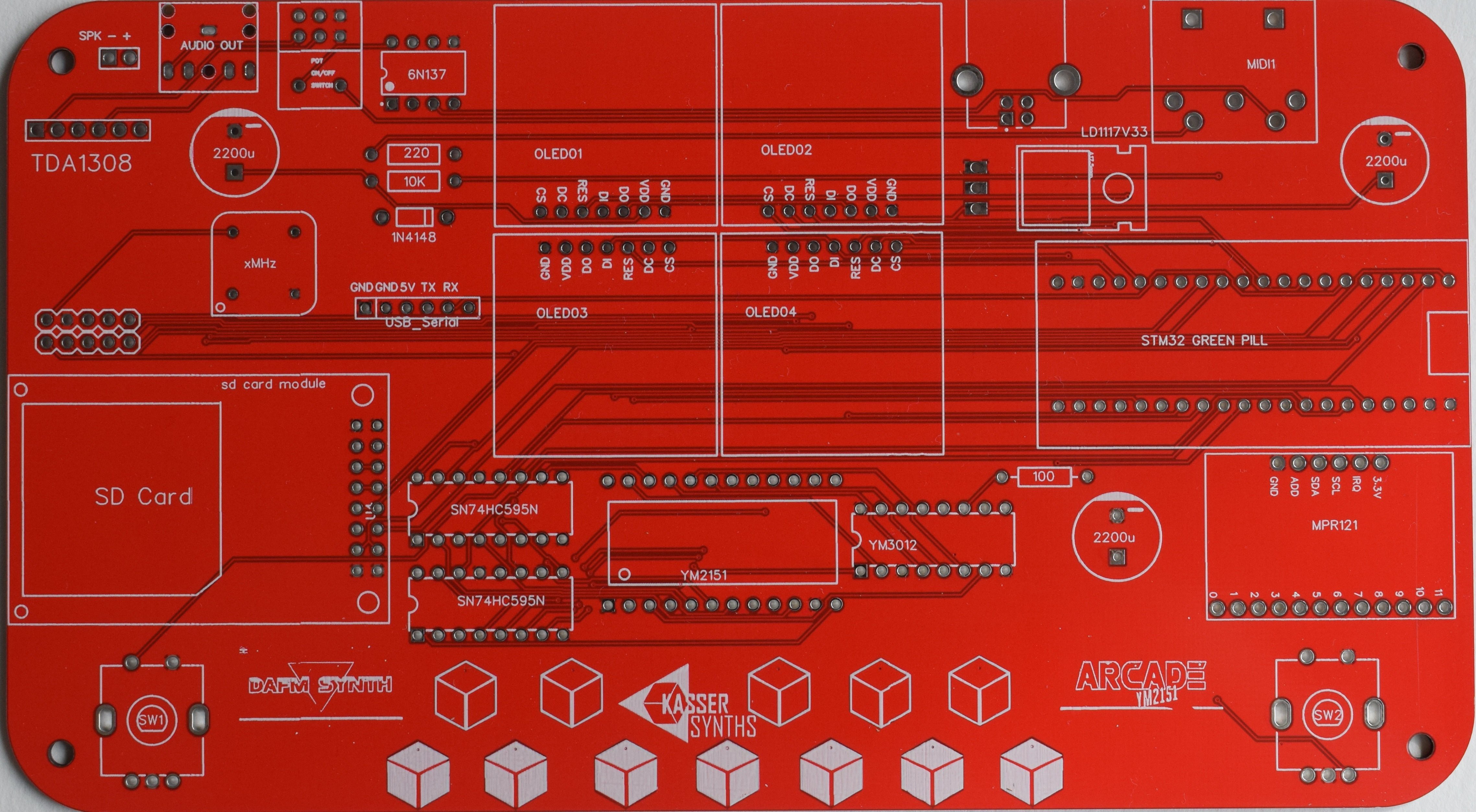
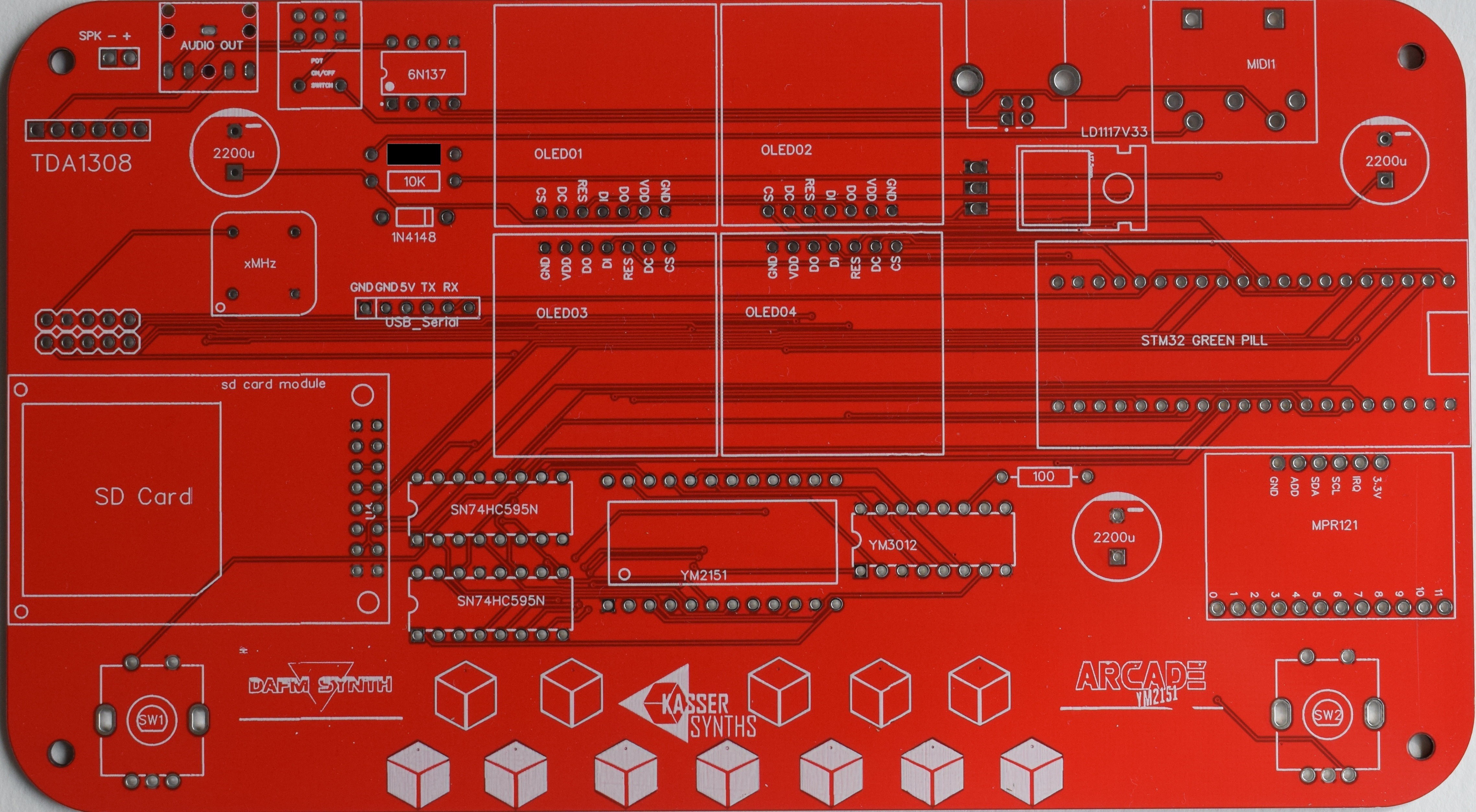
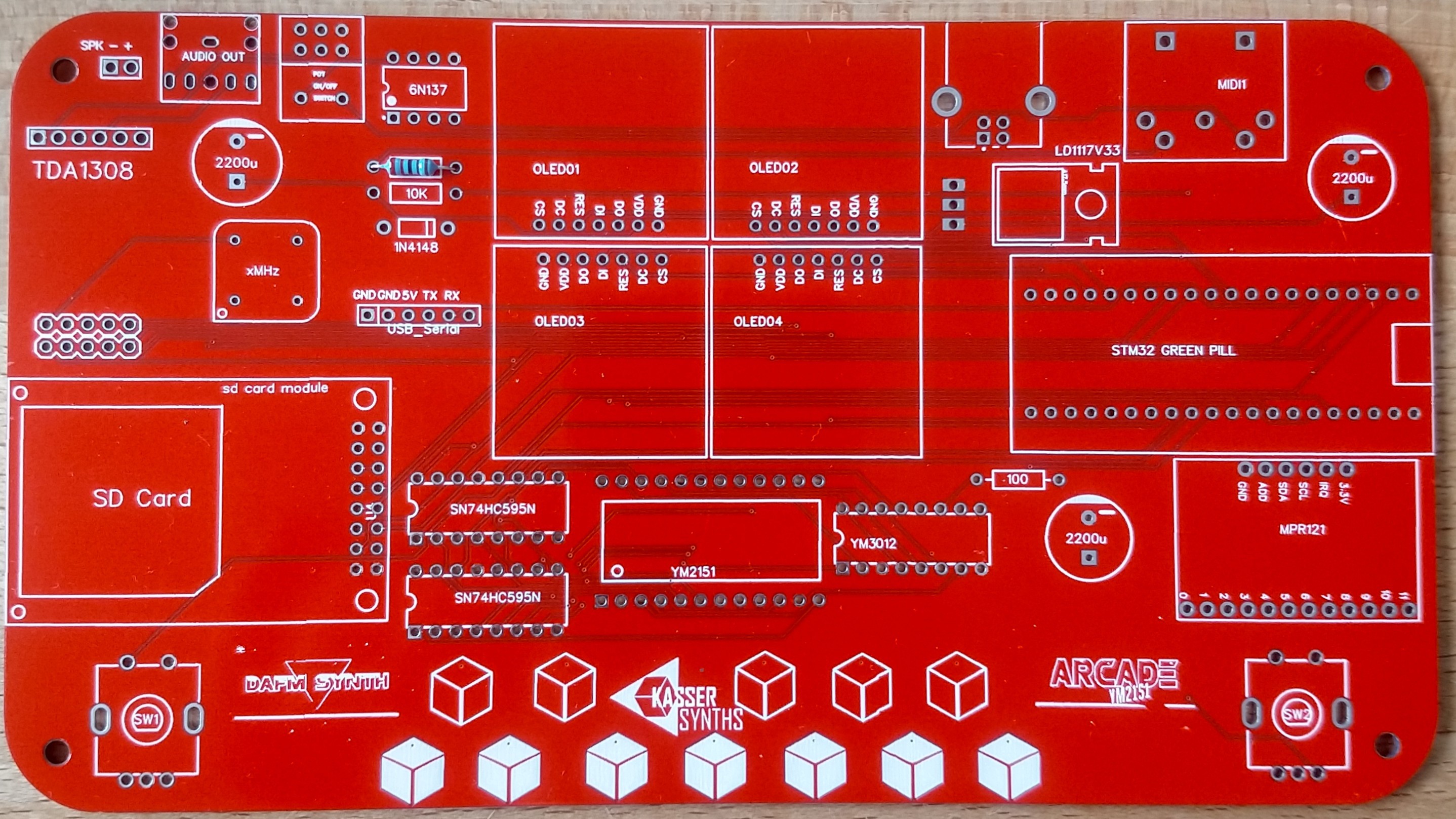
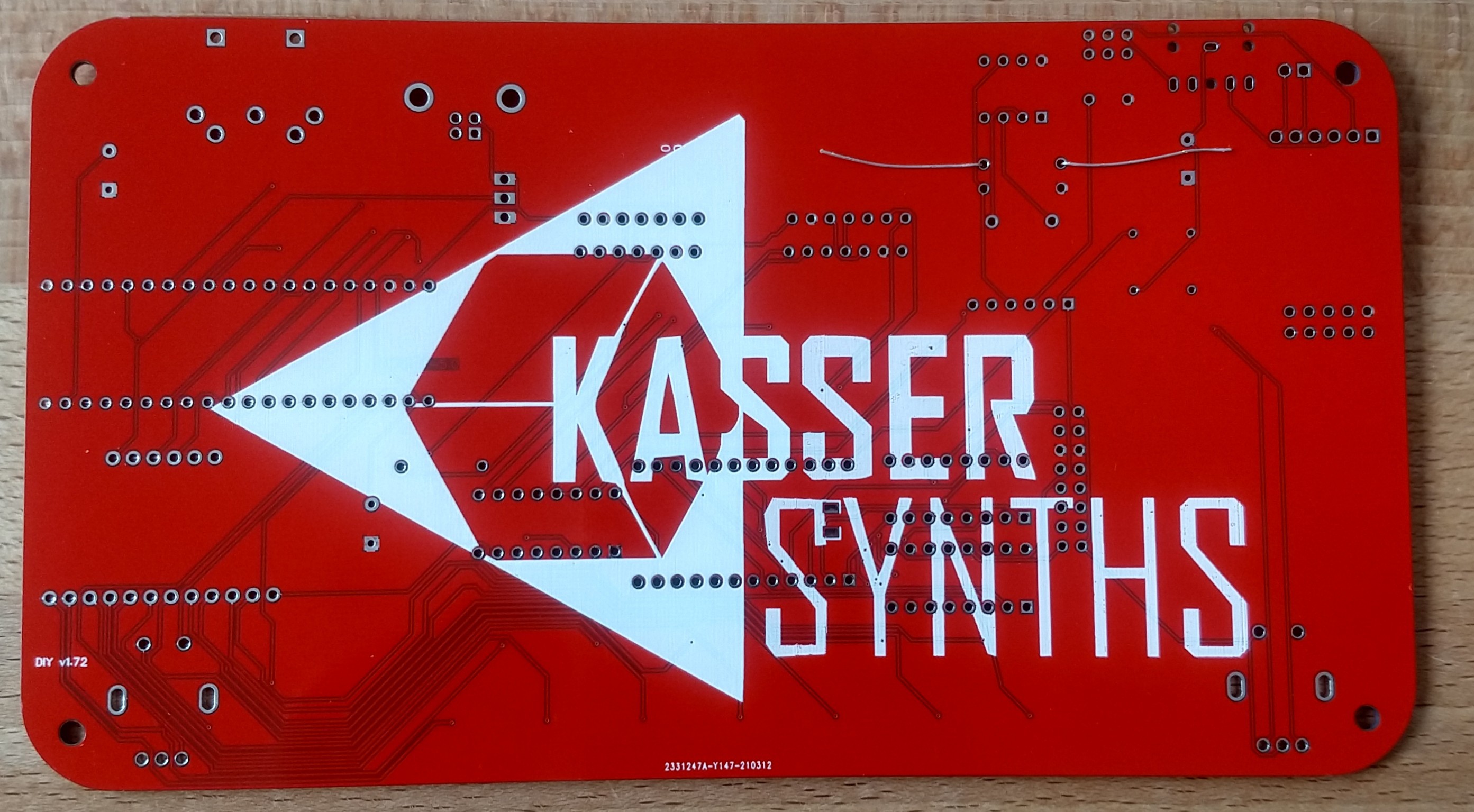

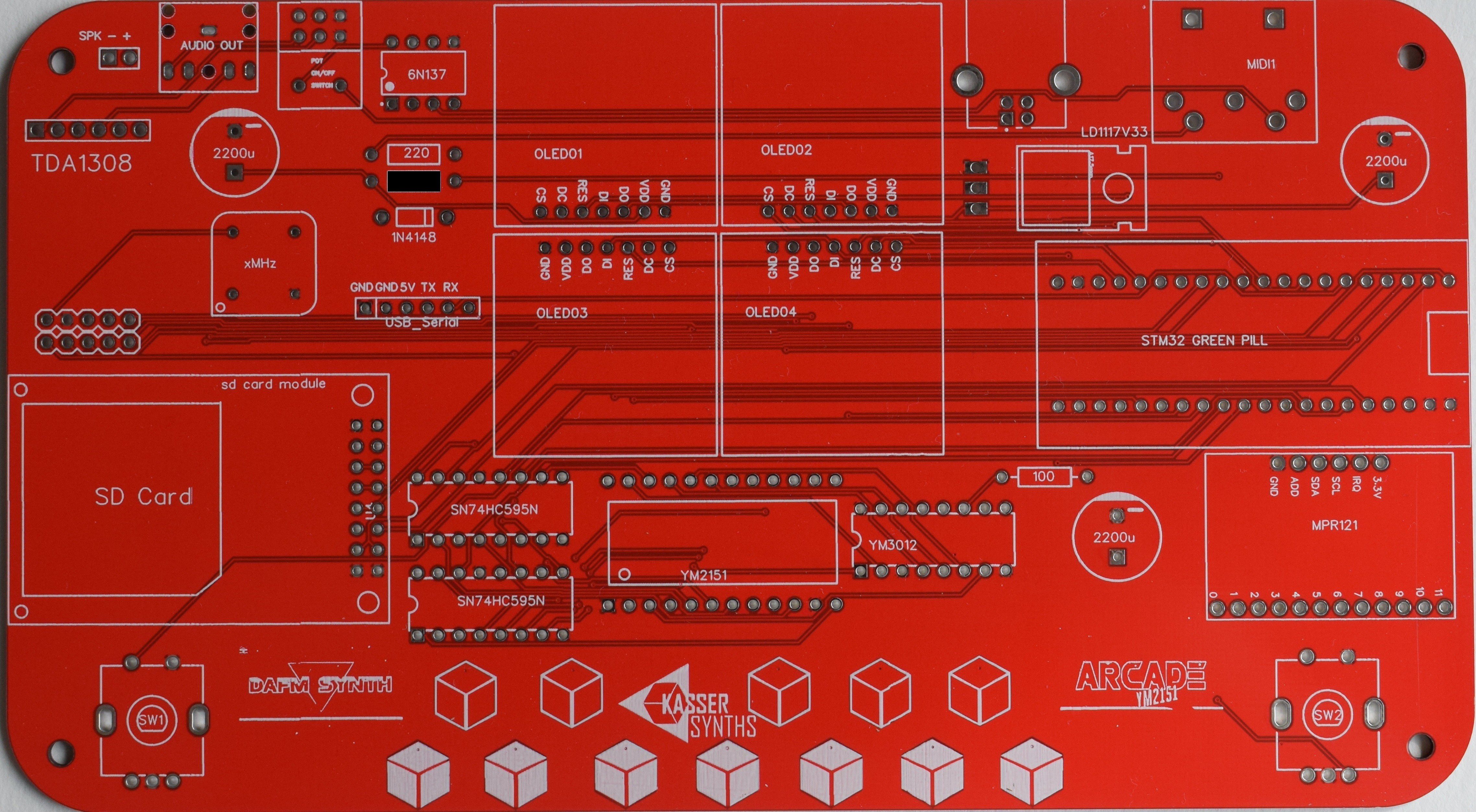
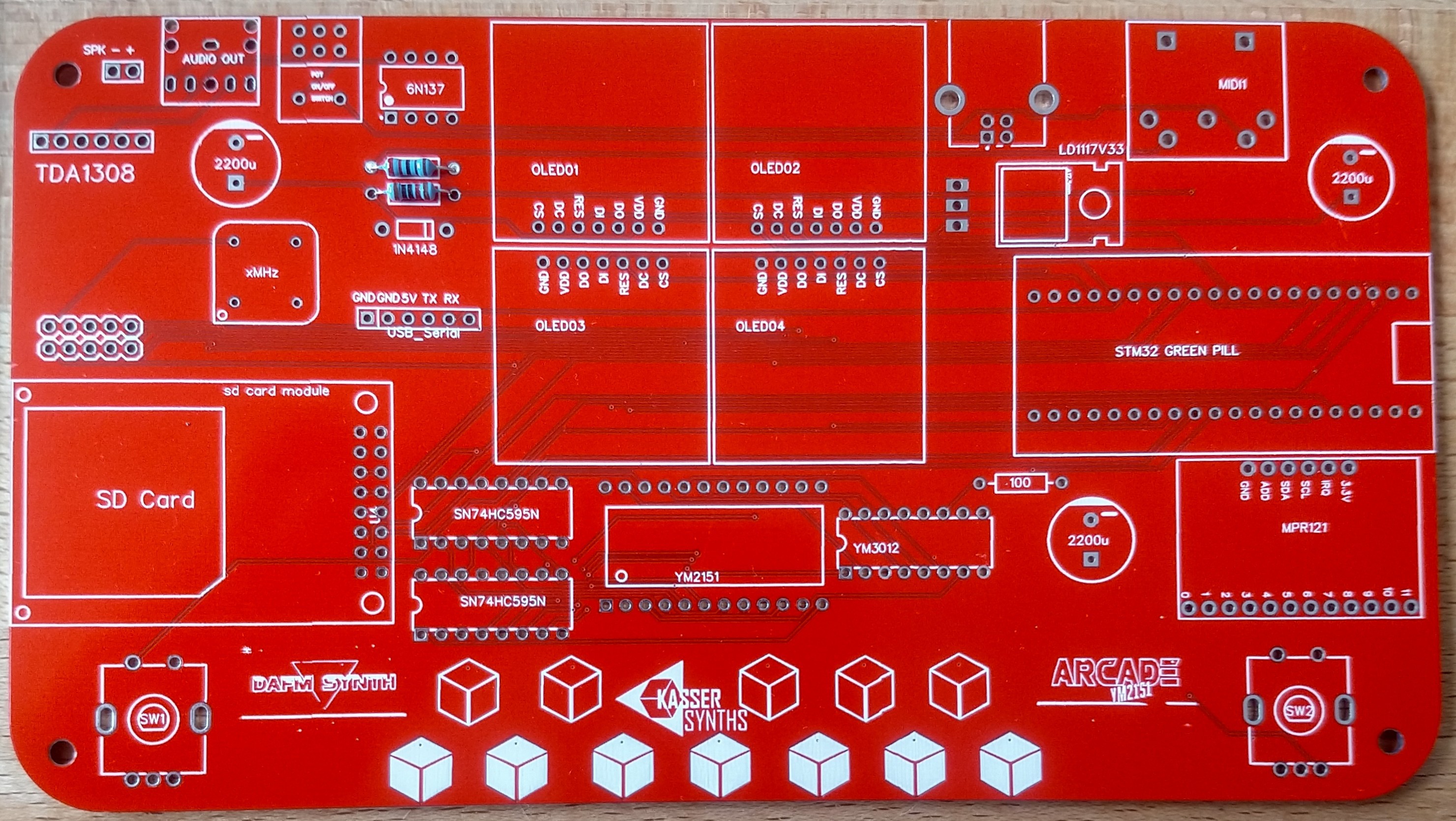
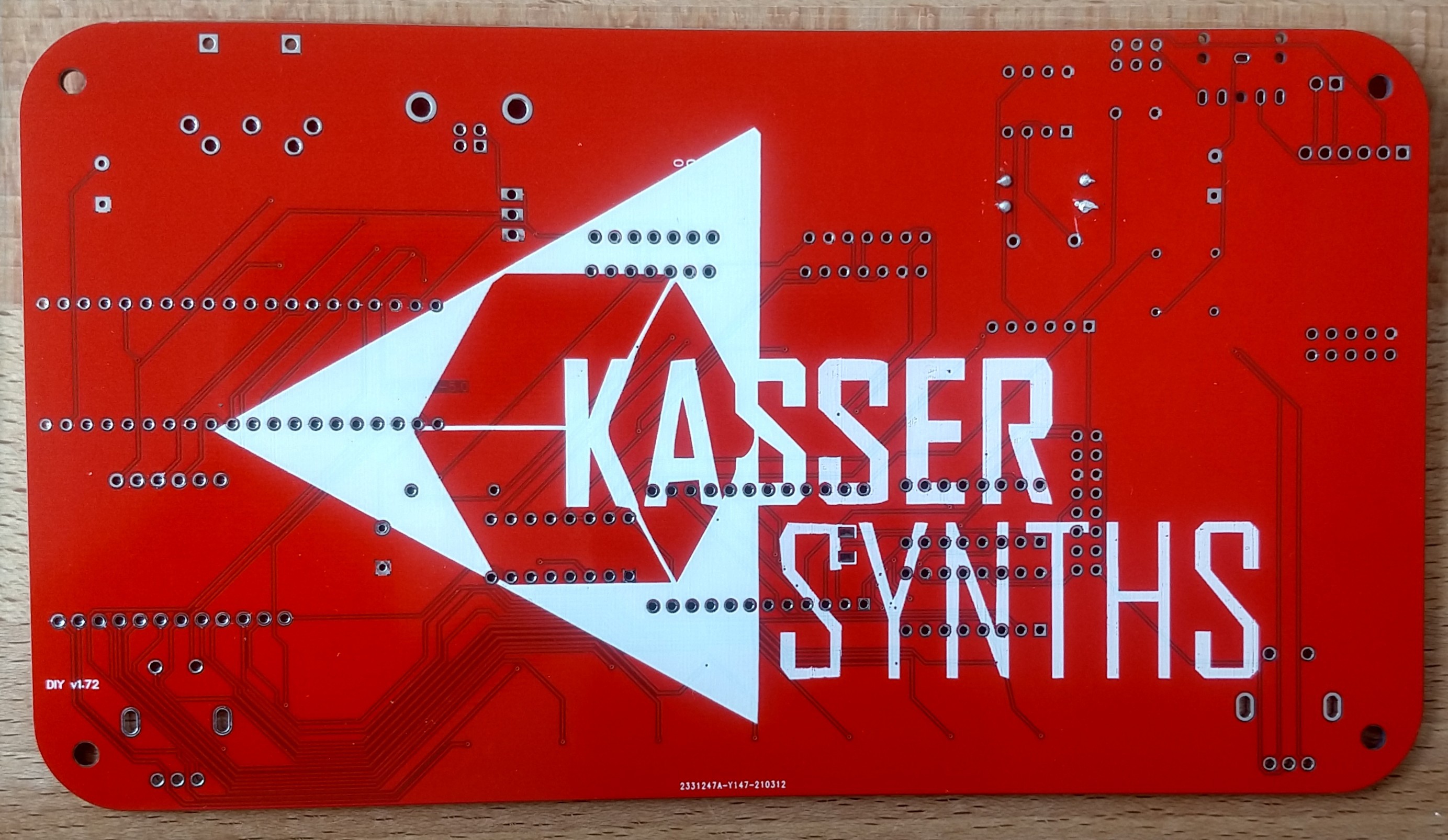

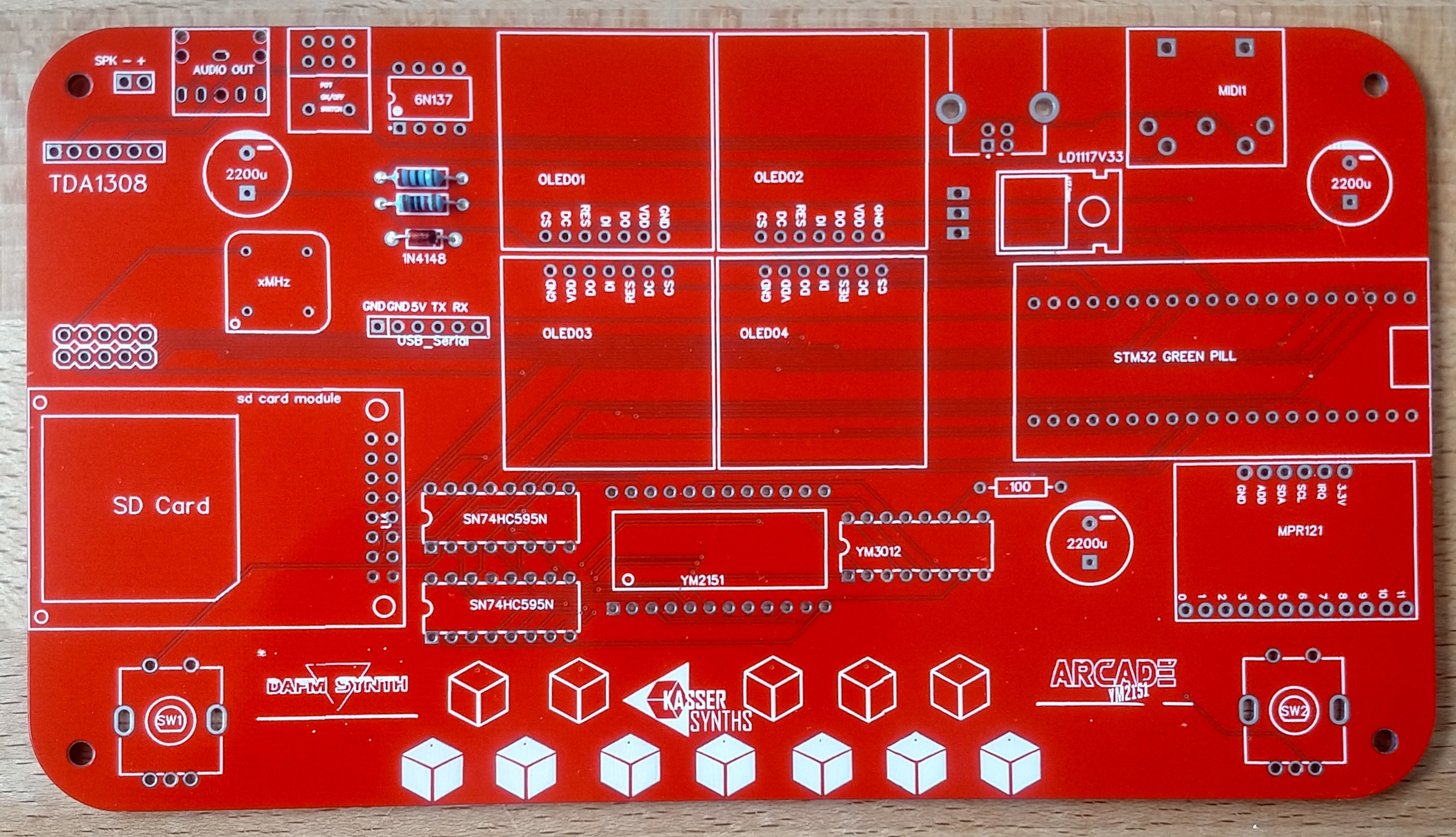
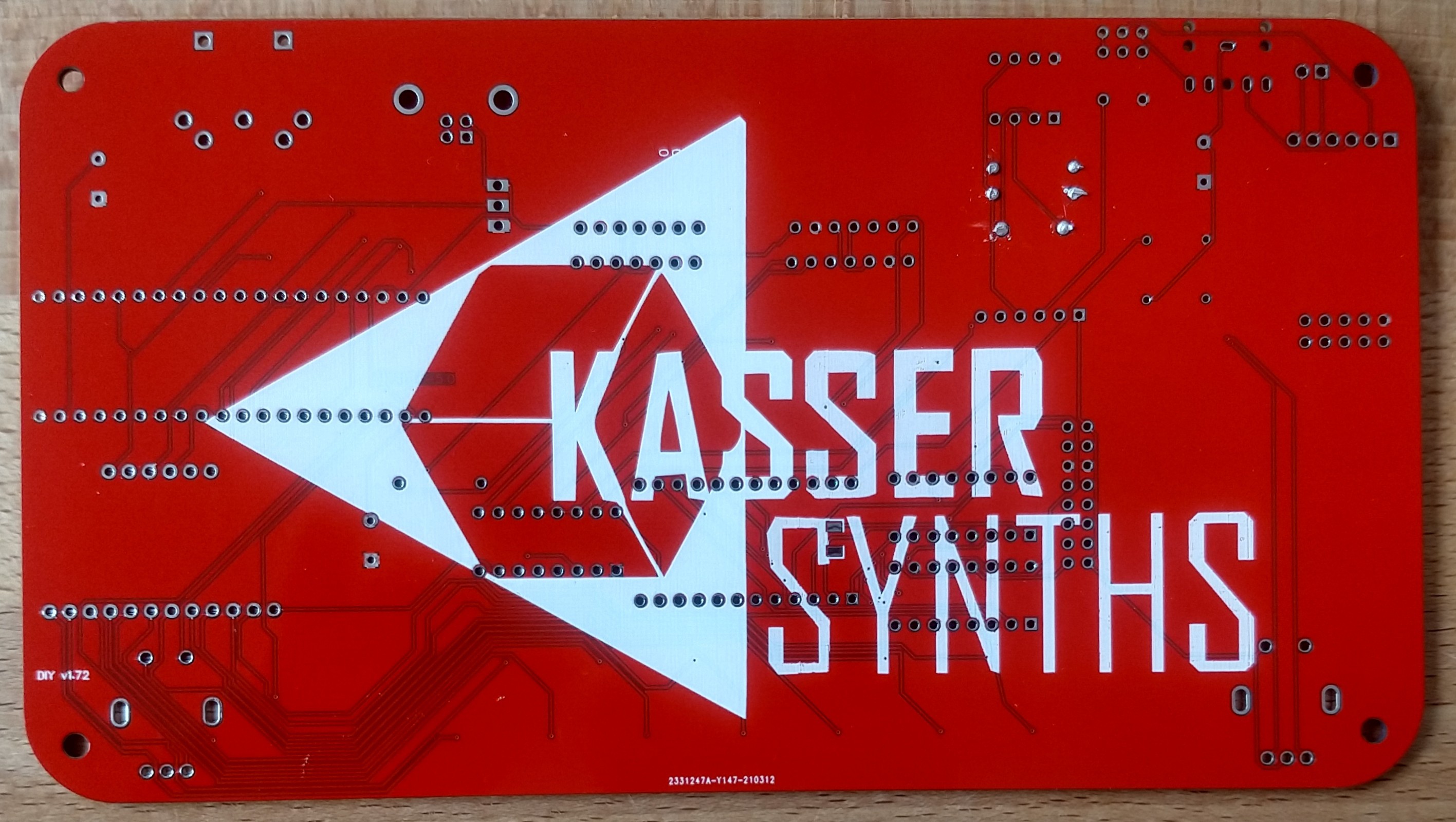
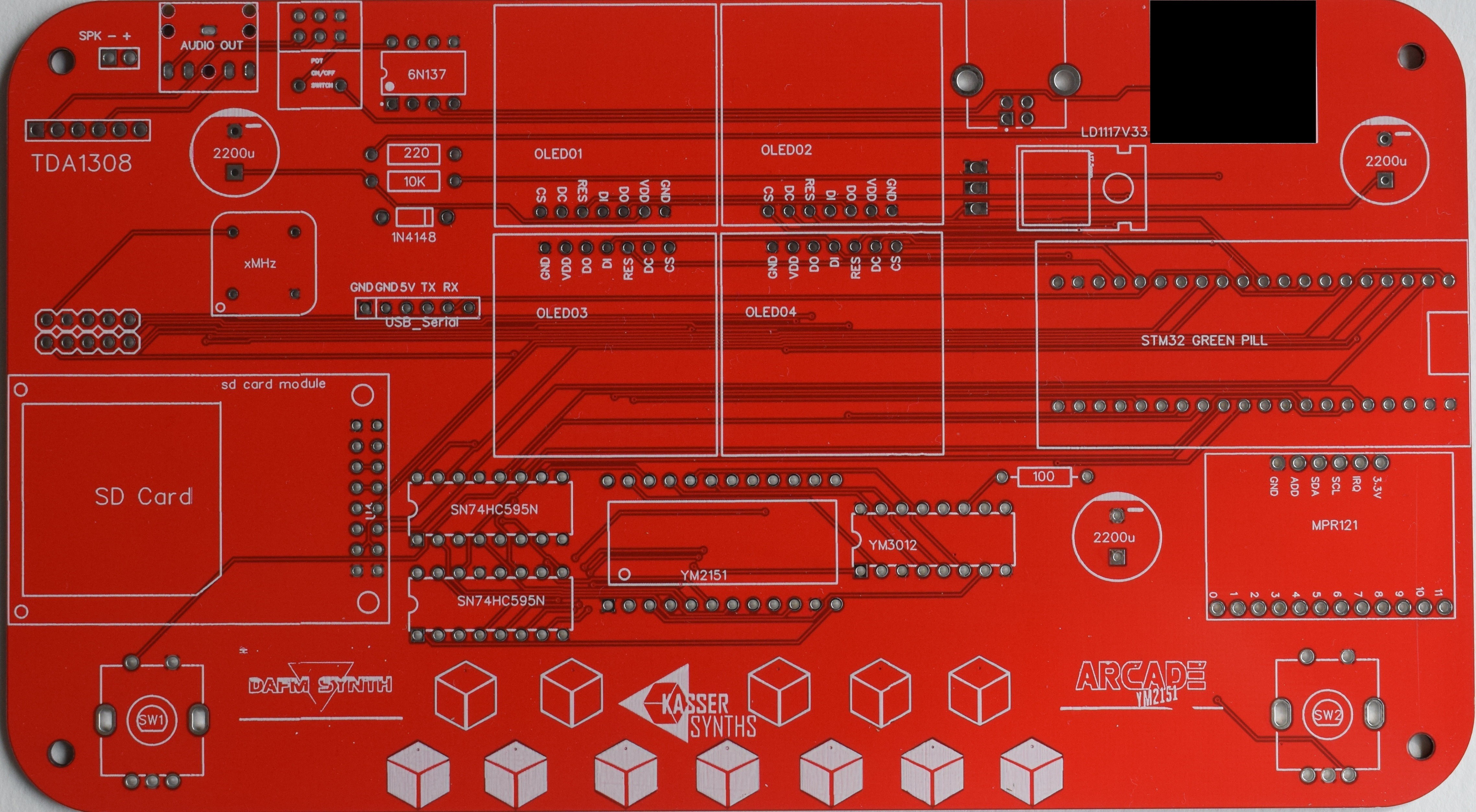
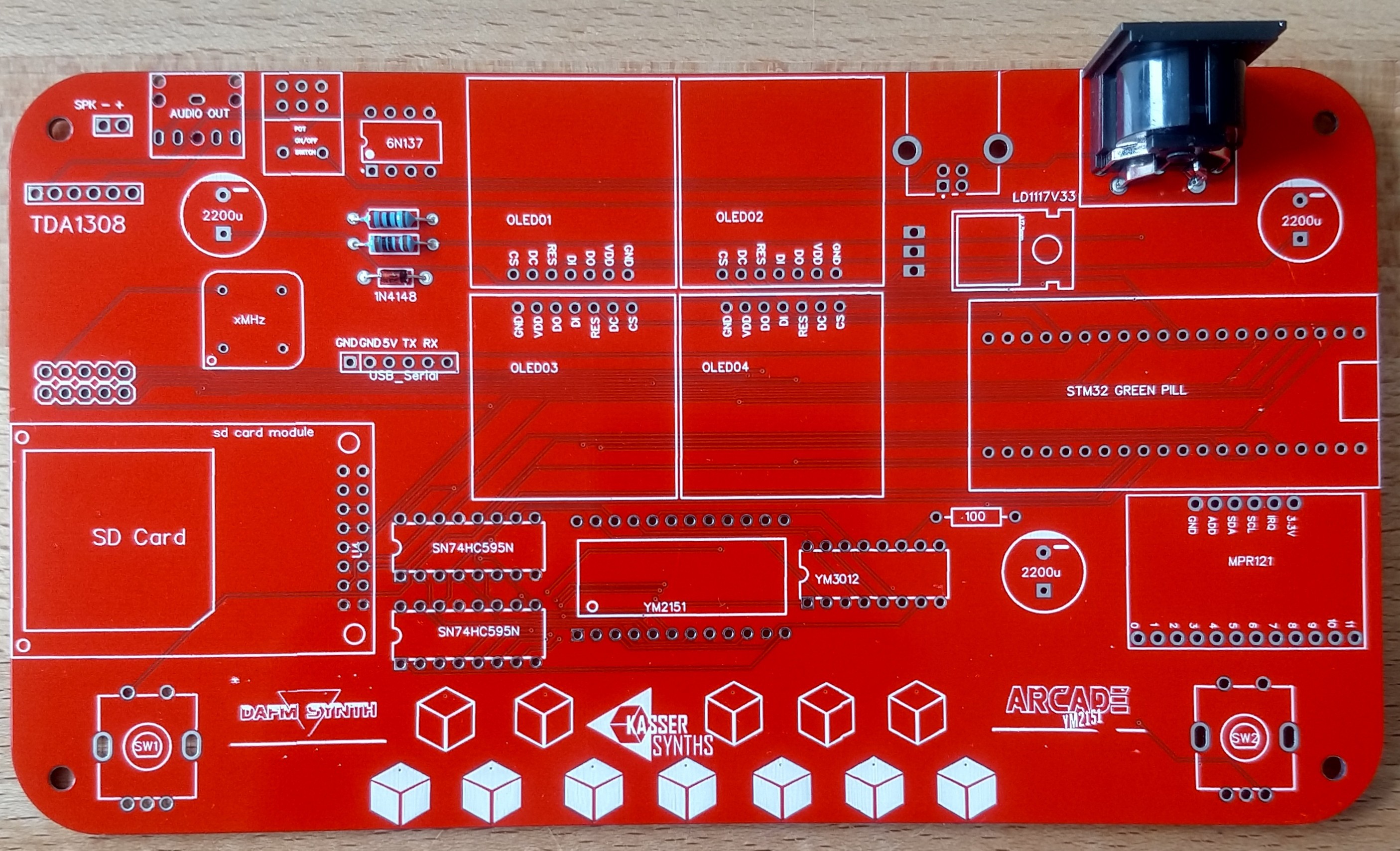
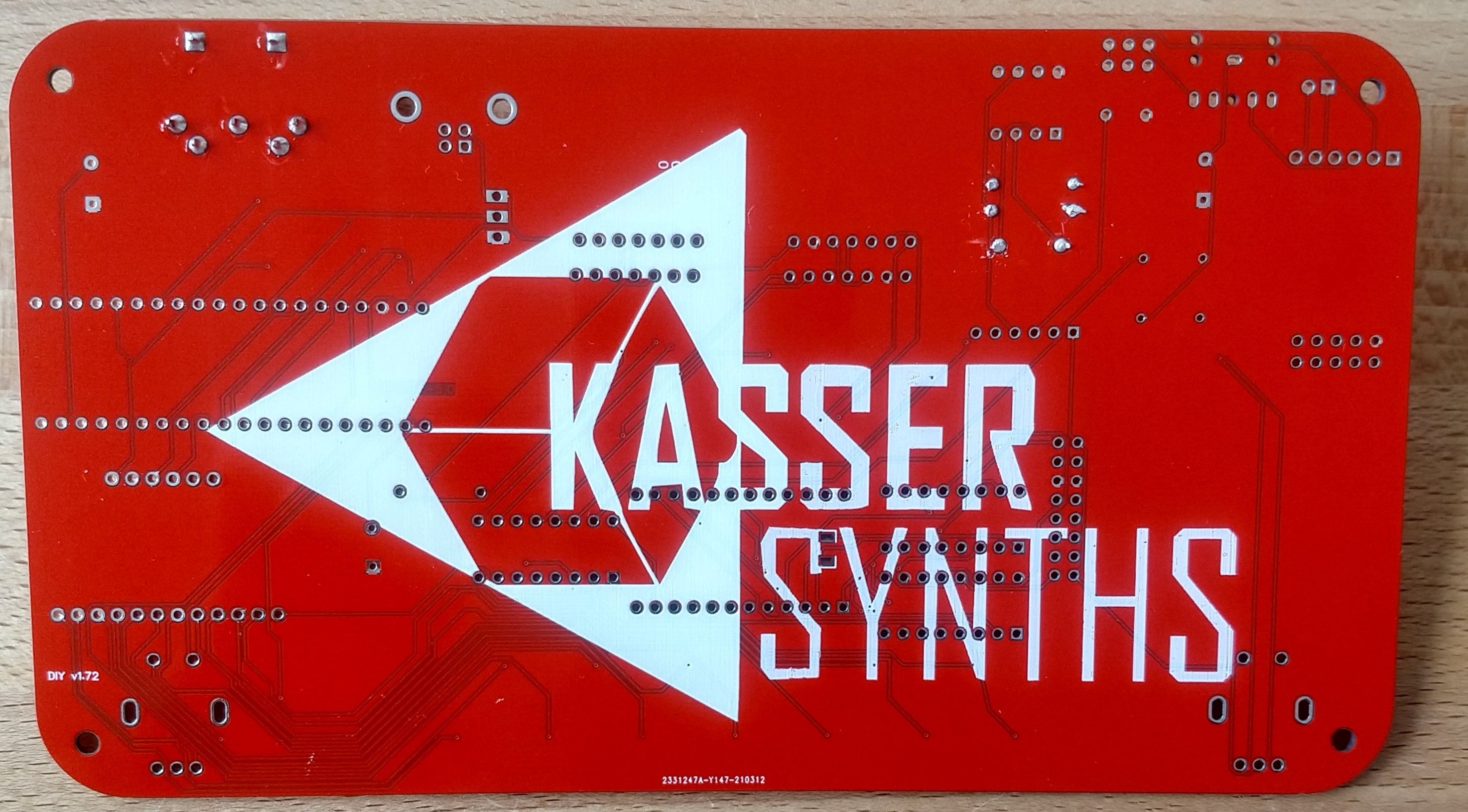
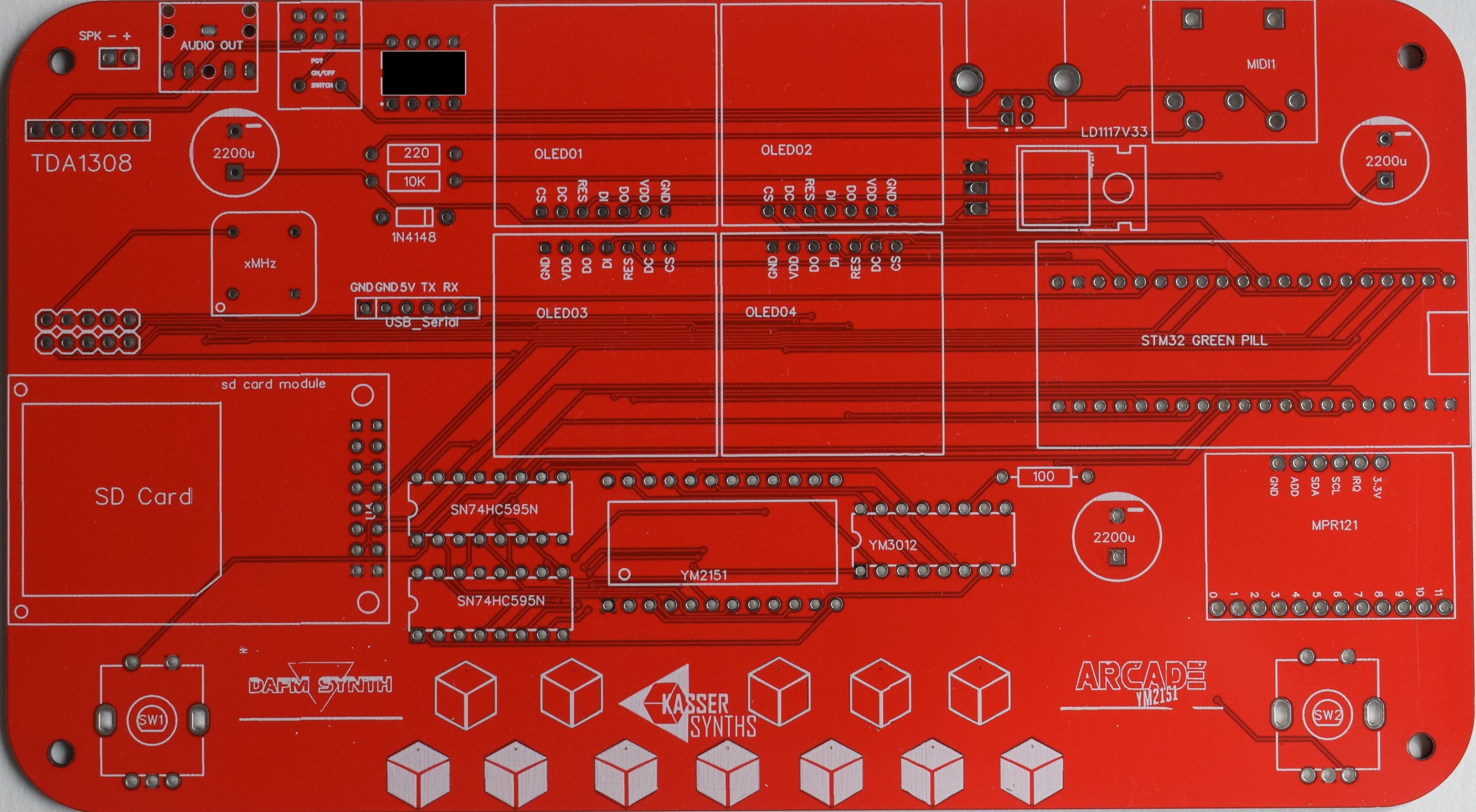
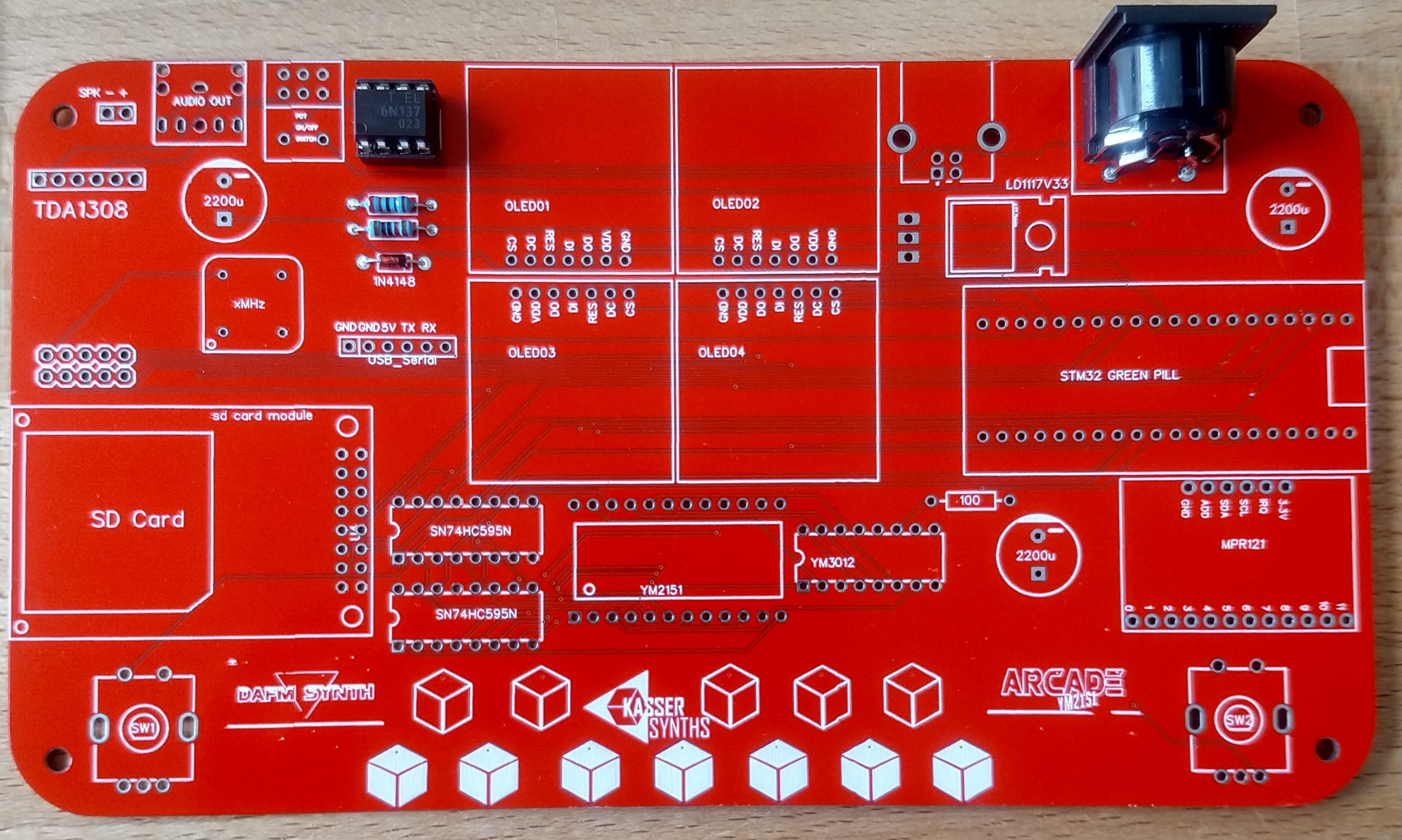
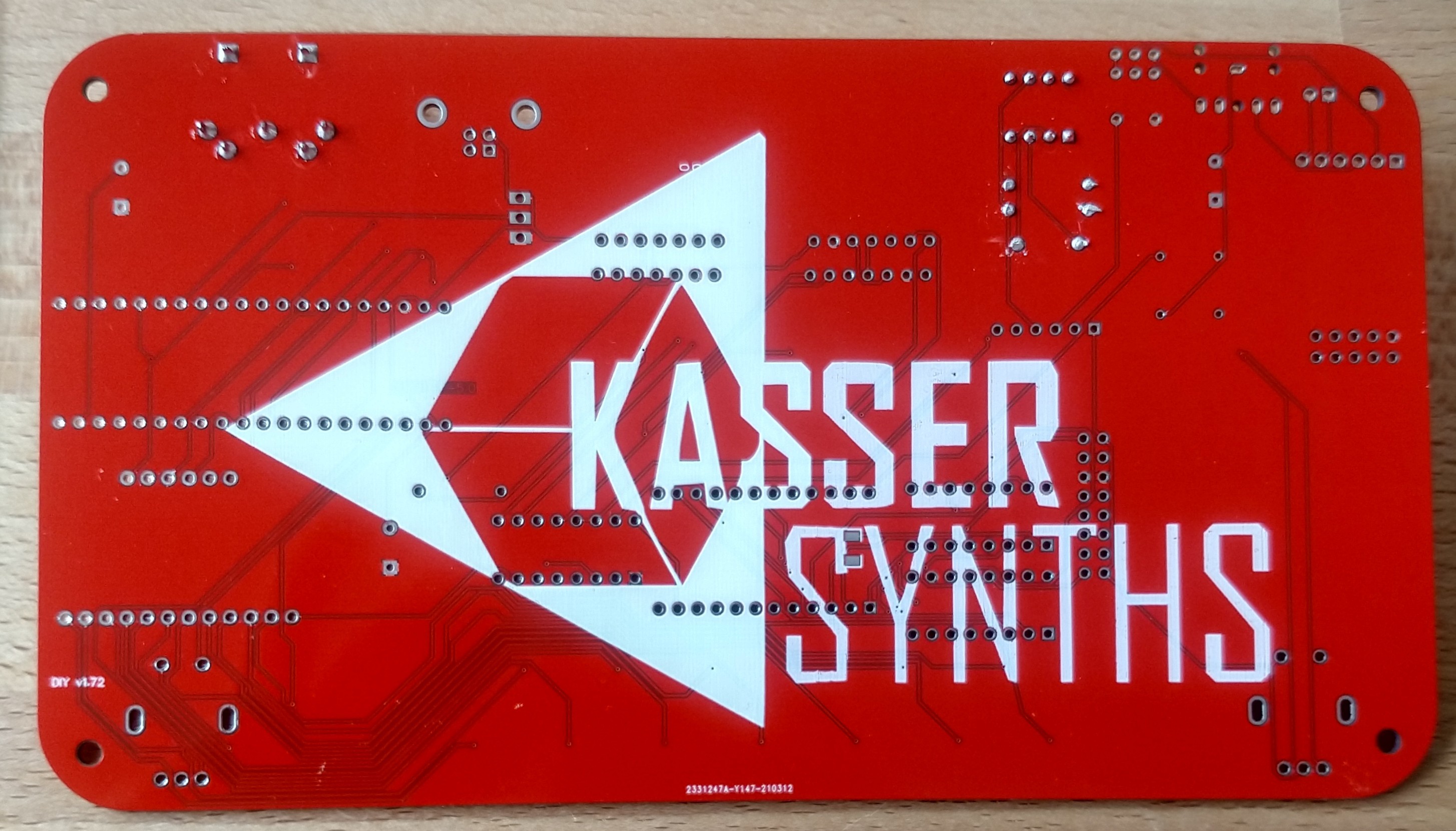
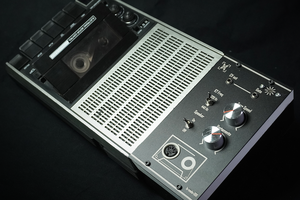
 helixbyte
helixbyte
 serdef
serdef